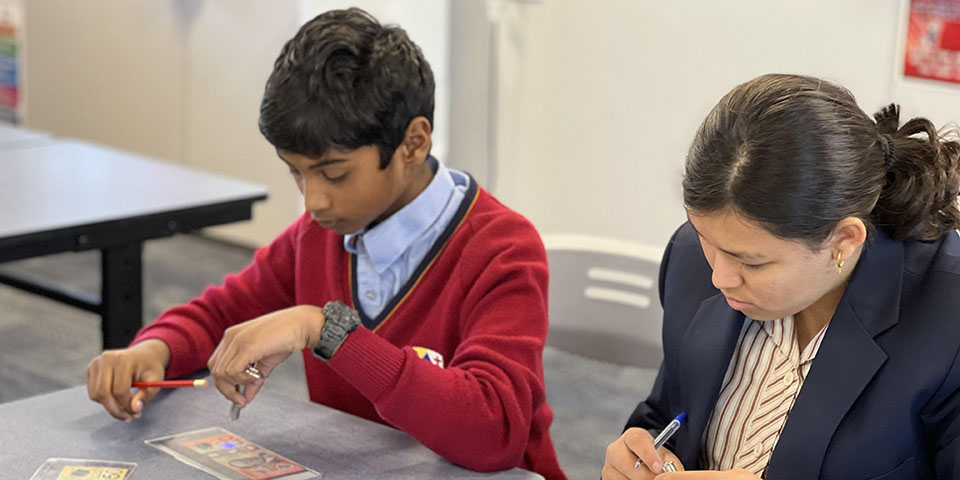Year 6 - Donnybrook
The Year 6 students have been culminating their year of Mathematics through project-based learning. Ishwin from 6X worked on planning her dream holiday, using mathematical concepts and skills to organise real-life flights, accommodation, travel expenses, and daily spending for a trip to Dubai! Ishwin shares her experience below.
The Ultimate Holiday Project was a project that consolidated our learning on the different areas in Mathematics. The goal was to organise a 7-day holiday to your chosen destination. My place of choice was Dubai. We had to organise flights, budget all the costs, and create a travel brochure to convince someone to go to our destination.
Choosing Dubai was easy because Dubai is a famous tourist attraction! The airline I chose was Emirates. Emirates goes through Dubai with each flight, so cost and time would be saved. After looking at Emirates website, I found a flight to Dubai in Economy, from Melbourne to Dubai and back, it cost a little over $8,000 total for my family of 3 (2 Adults and 1 child) at the time. Making the brochure was quite simple and took about 2 hours after researching.
I began to understand what my parents have to do to organise a family holiday, finding attractions, flights, food, etc. I did begin to figure out how brochures are made a how much time and effort it takes. Overall, I learnt many different things and found the Ultimate Holiday Project—a fun, simple experience. - Ishwin
During Term 4, Year 6 students inquired about Economics and Business. In line with this, they attended an incursion by Note Printing Australia where had the chance to investigate our Australian banknotes. Arya of 6Z shares her very exciting and hands-on experience!
A few weeks ago, the Year 6s had an incursion on Australian Banknotes. Ms Daniela who works at Note Printing Australia taught us about our banknotes: how to identify them, their special features and their history.
We were stunned upon finding out how much thought had been put into Australian banknotes! From the colours to sneaky details that can only be seen with a UV light, to consideration for the blind - all to prevent counterfeiting!
Later on, we were to complete a series of activities where large checklists were given to us displaying every banknote in use and the features unique to them. Gadgets, $5, $10, $20, $50 and $100 notes were set on tables while we grouped ourselves into three or four. Our task was to check if each note had their allocated attributes using the different tools available to us. Afterwards, we were asked questions and students who were able to accurately answer were given a prize of their choice!
During this incursion, we were very curious and couldn’t stop asking questions. Lots of things were learnt whilst having lots of fun! - Arya


